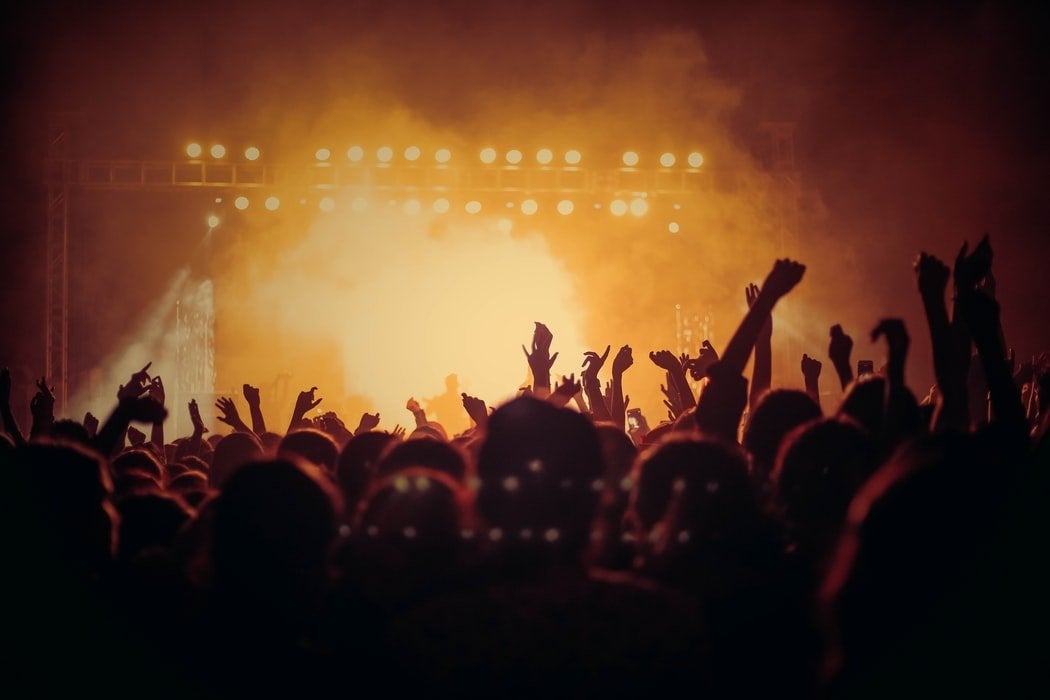Imagine waking up at 6:00 AM to the sound of a gargling garbage truck, accompanied by the crescendo of a lawn mower, and the blasting music coming from a passer-by’s car; she’s on her way back home from last night’s jangueo, con el boceteo bien encendío. These kinds of mornings are all too familiar to Puerto Ricans– but this constant barrage of sound isn’t just annoying; it’s noise pollution, and it can have serious consequences for your health.
What is noise pollution?
Noise pollution refers to (often) unwanted, persistent and mainly mechanically-produced noises that measure over 85 decibels (dB). The decibels unit is a measure of sound intensity.
To illustrate the concept of noise pollution, here’s an idea of how relatively loud noises compare to “natural” or non-mechanical sounds:
- 0 dB: almost silence
- 20-30 dB: rustling of leaves
- 45-60 dB: a normal conversation
- 90 dB: a lawn mower
- 110 dB: a car horn
- 120-140 dB: a loud concert
However, keep in mind that sound sensitivity and sound intensity are not the same thing.
Sound sensitivity refers to an individual’s tolerance of pitch and loudness, which can differ among people with or without sound processing difficulties, for example.
This article will focus on measuring sound intensity and defining “loud noises” based solely on decibels (to measure volume level).
How does noise pollution affect the livelihood of humans?
Although we are accustomed to dealing with daily stressors, like being stuck in blaring traffic or walking past the screeching noise of metal power tools at a construction site, these situations often trigger feelings of irritation, stress and anxiety.
But why?
When the brain perceives a loud noise, the body initiates the fight-or-flight response (FOF); the brain is wired to recognize loud, unexpected noises as potential dangers. When initiating FOF, the body’s Autonomic Nervous System (ANS) releases hormones into the bloodstream that increase heart rate, blood pressure and sharpen hearing.
For this reason, noise pollution in communities coincides with cardiac disease, high blood pressure levels, hearing loss and insomnia (the recurring difficulty in initiating or maintaining sleep).
Researchers contest that “The spatial distribution of noise exposure may contribute to health disparities seen in the United States and elsewhere.”
Study: Race/Ethnicity, Socioeconomic Status, Residential Segregation, and Spatial Variation in Noise Exposure in the Contiguous United States.
A study measuring socioeconomic disparities and the incidence of noise pollution confirms that predominantly non-white communities in the metropolitan areas in the United States experience a larger frequency of nighttime noise. The urban block groups in the study, compared to suburban/rural area, had, on average, had more racial/ethnic minorities, more renter-occupied homes, and slightly lower levels of poverty (13.3% vs. 16.8%). Therefore, the researchers argue that urban disparity can “make it easier for more powerful communities to displace hazardous land uses onto disadvantaged communities where regulations may not be consistently enforced, [and] this scenario can lead to higher pollution overall.”
Did you know?
The average personal music-playing device reaches 100 dBs at maximum volume– and the blasting noise of an alarm clock is not too far off, reaching about 90 dBs. However, experts recommend that humans should not be exposed to 100 dBs for longer than 15 minutes.
An estimated 17% of adults aged 20–69 years have experienced permanent damage to their hearing due to long-time exposure to loud noises.
THE CENTERS FOR DISEASE CONTROL AND PREVENTION (CDC)
The bottom line: Lengthening the time of exposure to intense noises is detrimental to ear health.
AND What about animals?
Of course, the harm of noise pollution extends beyond human health. According to National Geographic: “Animals use sound for a variety of reasons, including to navigate, find food, attract mates, and avoid predators. Noise pollution makes it difficult for them to accomplish these tasks, which affects their ability to survive.”
Be mindful: Avoid using loud speakers during your time at the park, at the beach, or hiking.
do NOISE CANCELING HEadphones protect me from noise pollution?
Noise canceling headphones most certainly do not protect human ears from high-frequency noises.
Evaluate Level of Noise Exposure: Monitor the volume level of your surrounding environment
- Consider using noise canceling headphones to reduce unwanted and low-frequency ambient noises, like the hum of an air conditioner or public conversations.
- However, definitely use hearing protection devices (like earmuffs or earplugs) if you anticipate chronic exposure to loud settings like construction sites, concerts or shooting ranges. Click here to learn more about Noise Reduction Ratings (NRR) and technology.
What volume exposure is just right?
Determining whether a sound is uncomfortable to your ears relies mainly on sound intensity. Taking into account the standards of “relative loudness,” self-monitoring is key.
Look out for ear pain, discomfort or tinnitus (ringing of the ear), after 15-30 minutes of exposure to:
- Loud concerts and sporting events.
- Blasting music through your headphones or in the car.
- The sound of a vacuum cleaner or hair dryer.
Check the clock: When 15-30 minutes are up, take a break. Step outside. Embrace the natural sounds around you.





